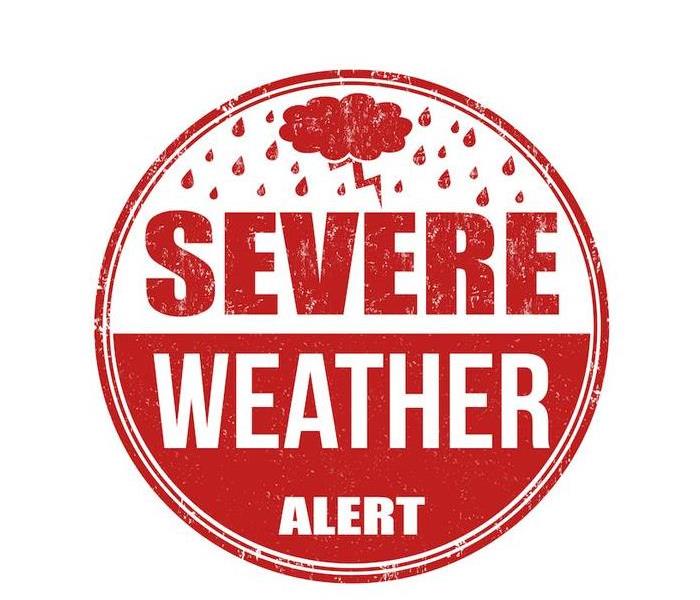Understanding Different Storm Alerts | SERVPRO® of Gillette, Sheridan
7/12/2022 (Permalink)
Did you know that there are 42 different kinds of weather alerts that can be issued for a variety of different weather scenarios? All of the alerts are also broken down into different subcategories as well.
When you are in the midst of a severe storm or potentially dangerous situation, knowing how to respond to various weather alerts is incredibly important.
Thankfully, we don’t need to know about each of the 42 alerts, as we are landlocked and don’t have marine or tropical storm threats here in Gillette, Sheridan. However, it is important to know the few threats that are the most common in the Midwest so that you can be prepared for any type of severe weather scenario.
Issuing Alerts
Before a weather alert is issued, many different factors and a lot of research goes into creating the forecast. Forecasters use a variety of tools to help create their predictions on the severity, location and length of each storm system.
The National Weather Service is in charge of weather forecasting across the nation and is responsible for issuing any warnings or alerts. In order to help keep the alerts localized, six regional offices across the country are in charge of specific areas. Our forecasts fall under the purview of the Central Region in Kansas City, Missouri, along with sub-offices located closer to home.
Meteorologists and weather forecasters within the NWS utilize all kinds of research from satellite radar, sensors, solar activity and seismic patterns. While not every point of data is used in each scenario, their goal is to be as thorough as possible to provide the most accurate prediction.
The Importance of a Watch vs. Warning
The most basic alerts to understand are watches and warnings. This is a universal language that is used in almost all weather alerts.
When a watch is issued, that simply means that the right conditions are present for a storm to become severe. Watches cover large areas and should make you be aware of any changing weather. When warnings are issued, on the other hand, that means danger is present and you should seek shelter immediately to protect yourself and your family.
In Gillette, Sheridan, we experience severe storms, tornadoes and winter weather most commonly. When you know how to interpret the alerts for these weather scenarios, you are better prepared for each season.
Your Home During Storms
Understanding weather alerts can help keep you safe, but it can also help give you advanced notice to prepare your home and yard for any impending weather.
Clearing your gutters and securing your outdoor furniture are two things you can do to help minimize water damage and reduce the risk of structural damage to your possessions or home. Also take the time to update your emergency plan and add any necessary supplies to your emergency kit.
If you end up suffering any sort of storm damage, take pictures of what you find and call us right away. SERVPRO of Gillette, Sheridan will answer your call day or night and we will jump right in to create your full restoration plan as quickly as we can.
The more informed you are about our weather, the safer you will be. Take the time to learn about the different alerts for storms and you will be ready to handle anything that comes our way this season!
Experienced storm damage to your home or property? Contact us today for a quick response!





 24/7 Emergency Service
24/7 Emergency Service
